Pioneer RX2
Retail Price
$1699.00
Lowest Price
$1465.00
Release Date
September 2017
The Pioneer RX2 is an all-in-one DJ controller packed with features. Its popularity is its ability to stand alone, meaning it can work without a laptop and be operated easily via the equipment. It offers more connectivity options than any other product in its price range. Build-wise, its bordy is robust but sleek, and it has a functional screen with touch controls. Plus, it comes with a solid selection of FX options. It’s a evamped version of Pioneer’s popular standalone DJ controller, with features (2-channel control, large touchscreen) that can be found in pro gear. Plus, it’s a treat for people who find 4 performance pads outdated as it comes with 8 pads made of soft rubber. Overall, it’s a compact and enticing option for all levels of DJs.
Purchase Links
Overview
- Functionality
- Value for Money
- Efficiency
- Build
- Pros
- Drawbacks
- Upgrade
- Controller
- Performance
- Level of Quality
- Portability
- Recommendation
- Verdict
- Positive
- Negative

Reddit - alexwood94

Youtube - Crossfader

Youtube - Thomas

DJ Tech Reviews - Rebekah Carter

Home DJ Studio - Patryk Biernacki

Youtube - Karl Thomas

Reddit - Putin_Official
Pros & Cons
- Pros
- Cons
- Positive
- Negative
Build & Design
- Back Panel
- Build Quality
- Build
- Build - Material
- Buttons
- Comfort
- Compact
- Connectivity
- Controls
- Design
- Dimensions
- Feet
- Footprint
- FX Controls
- Jog Wheels
- Knobs
- Layout
- Level Meters
- Mixer
- Screen
- Positive
- Negative

Home DJ Studio - Patryk Biernacki

Home DJ Studio - Patryk Biernacki

Home DJ Studio - Patryk Biernacki

Home DJ Studio - Patryk Biernacki

Home DJ Studio - Patryk Biernacki

DJ Tech Reviews - Rebekah Carter

Home DJ Studio - Patryk Biernacki

Youtube - DJcityTV

Youtube - Crossfader

Qtpawzz

Home DJ Studio - Patryk Biernacki

DJ Tech Reviews - Rebekah Carter

Home DJ Studio - Patryk Biernacki

Home DJ Studio - Patryk Biernacki

DJ Tech Reviews - Rebekah Carter

GlobalDJsGuide

DJ Tech Reviews - Rebekah Carter

DJ Tech Reviews - Rebekah Carter

Youtube - Karl Thomas

Youtube - DJcityTV

Youtube - Crossfader

Youtube - DJcityTV

Youtube - Crossfader

Home DJ Studio - Patryk Biernacki

DJ Tech Reviews - Rebekah Carter

DJ Tech Reviews - Rebekah Carter

Home DJ Studio - Patryk Biernacki

DJ Tech Reviews - Rebekah Carter

Home DJ Studio - Patryk Biernacki

DJ Tech Reviews - Rebekah Carter

GlobalDJsGuide

GlobalDJsGuide

Home DJ Studio - Patryk Biernacki

DJ Tech Reviews - Rebekah Carter

DJ Tech Reviews - Rebekah Carter

Home DJ Studio - Patryk Biernacki

Home DJ Studio - Patryk Biernacki

Home DJ Studio - Patryk Biernacki

Home DJ Studio - Patryk Biernacki

DJ Tech Reviews - Rebekah Carter

Home DJ Studio - Patryk Biernacki

Home DJ Studio - Biernacki

Home DJ Studio - Patryk Biernacki

Home DJ Studio - Patryk Biernacki

GlobalDJsGuide

DJ Tech Reviews - Rebekah Carter

Youtube - DJcityTV

DJ Tech Reviews - Rebekah Carter

Youtube - Karl Thomas

Home DJ Studio - Patryk Biernacki
Features
- Beat FX
- Beat Jump
- Channels
- Configurations
- Crossfader
- Effects
- EQ
- Export Mode
- Features
- Link Export
- Performance Mode
- Performance Pads
- Shortcut Screen
- Support
- Talkover Mode
- Thru Mode
- Track Filter
- Positive
- Negative

Youtube - Crossfader

Youtube - Crossfader

Home DJ Studio - Patryk Biernacki

Youtube - Karl Thomas

Home DJ Studio - Patryk Biernacki

Youtube - DJcityTV

Youtube - DJcityTV

Youtube - DJcityTV

DJ Tech Reviews - Rebekah Carter

Youtube - DJcityTV
Performance & Specifications
- Durability
- Flexibility
- In-Use - Jog Wheels
- Performance
- Performance - Buttons
- Performance - Mixer
- Performance - Touchscreen
- Performance - USB
- Recording
- Specifications
- Transition
- Usage
- Positive
- Negative

Home DJ Studio - Patryk Biernacki

Youtube - Karl Thomas

Youtube - Crossfader

Youtube - DJcityTV

playap0wenr

Reddit - alexwood94

Reddit - MeatTitan1987
Software
- Rekordbox
- Vox DJ
- Positive
- Negative

Youtube - Crossfader
Comparison
- RX2 vs CDJs
- RX2 vs XDR-RR
- RX2 vs XDJ RX
- Positive
- Negative

djsoomo
Alternatives
- Competitor
- Denon Prime 4
- Other Options
- Pioneer DDJ 1000
- Pioneer DDJ SB3
- Positive
- Negative

GlobalDJsGuide

Home DJ Studio - Patryk Biernacki
Availability & Price
- Availability
- Price
- Release
- Value
- Positive
- Negative

Youtube - Karl Thomas

Youtube - Karl Thomas
Miscellaneous
- Familiarity
- Flaws
- Issues
- Lack - Audio Interface
- Lack - Controls
- Lack - Crash & Space
- Lack - Label
- Lack - Pitch Faders
- Limitations
- Pioneer XDJ RX2
- Popularity
- Shortcomings
- Positive
- Negative

Home DJ Studio - Patryk Biernacki

Cavalius1

Youtube - DJcityTV

Youtube - DJcityTV

Home DJ Studio - Patryk Biernacki

Youtube - DJcityTV

DJ Tech Reviews - Rebekah Carter

Youtube - Crossfader

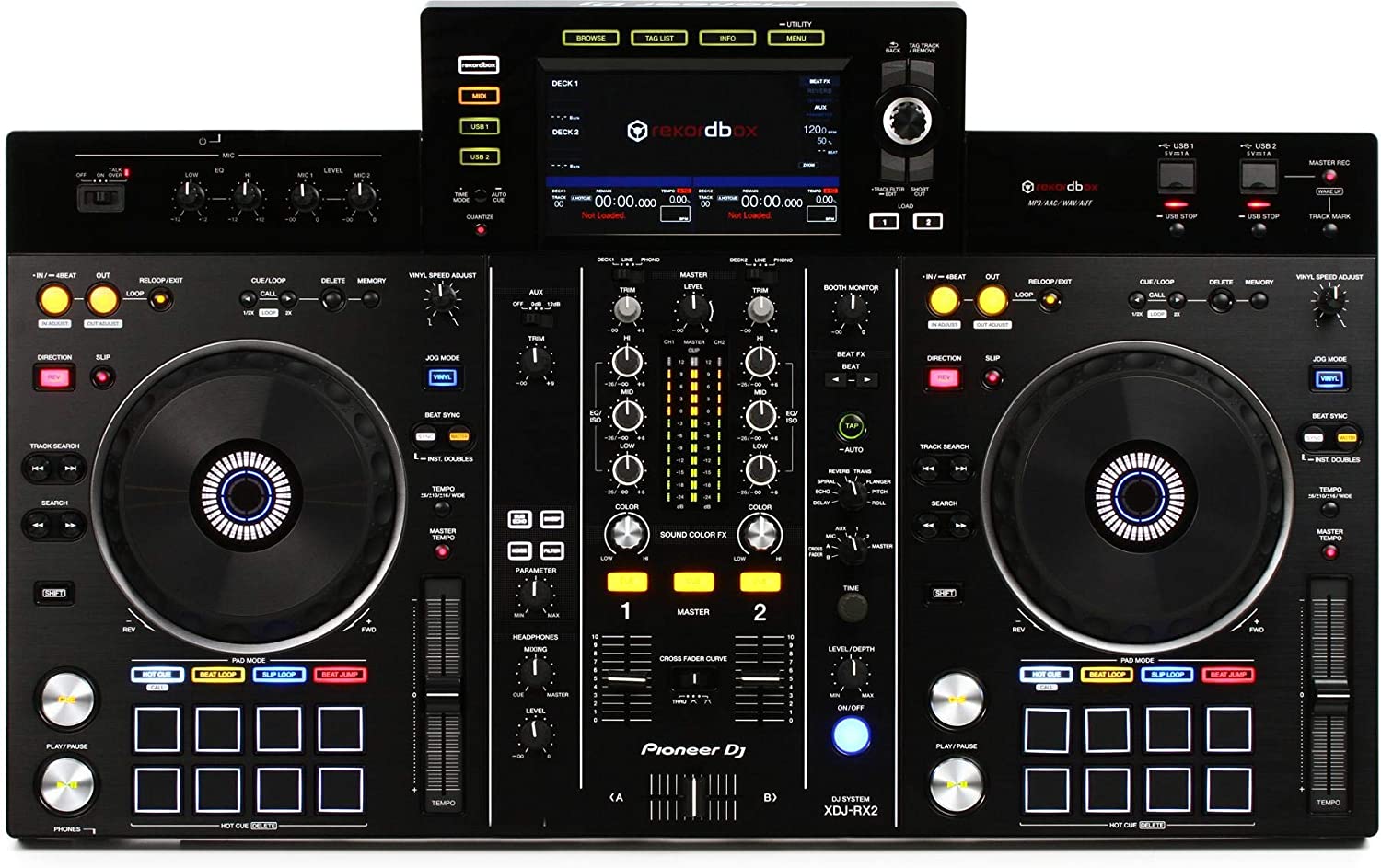
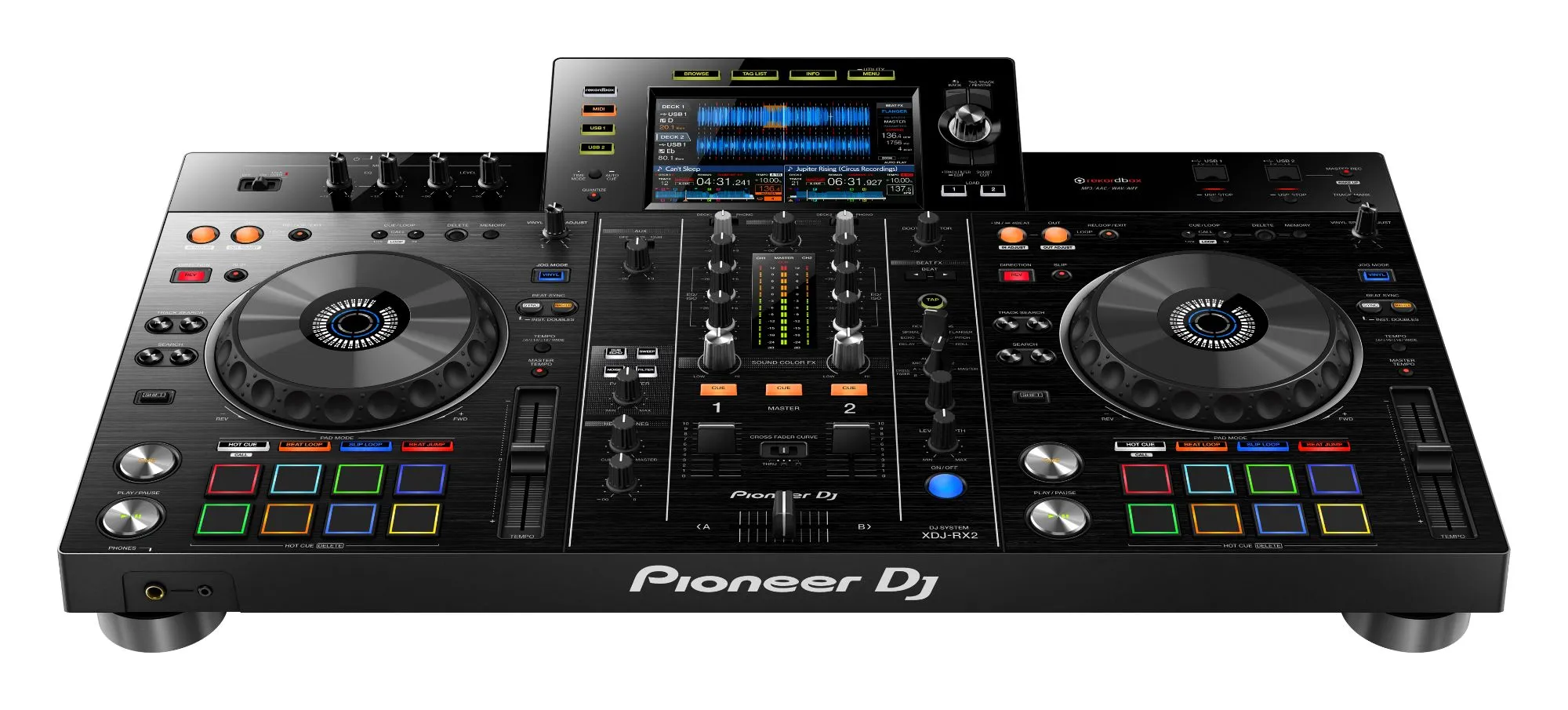
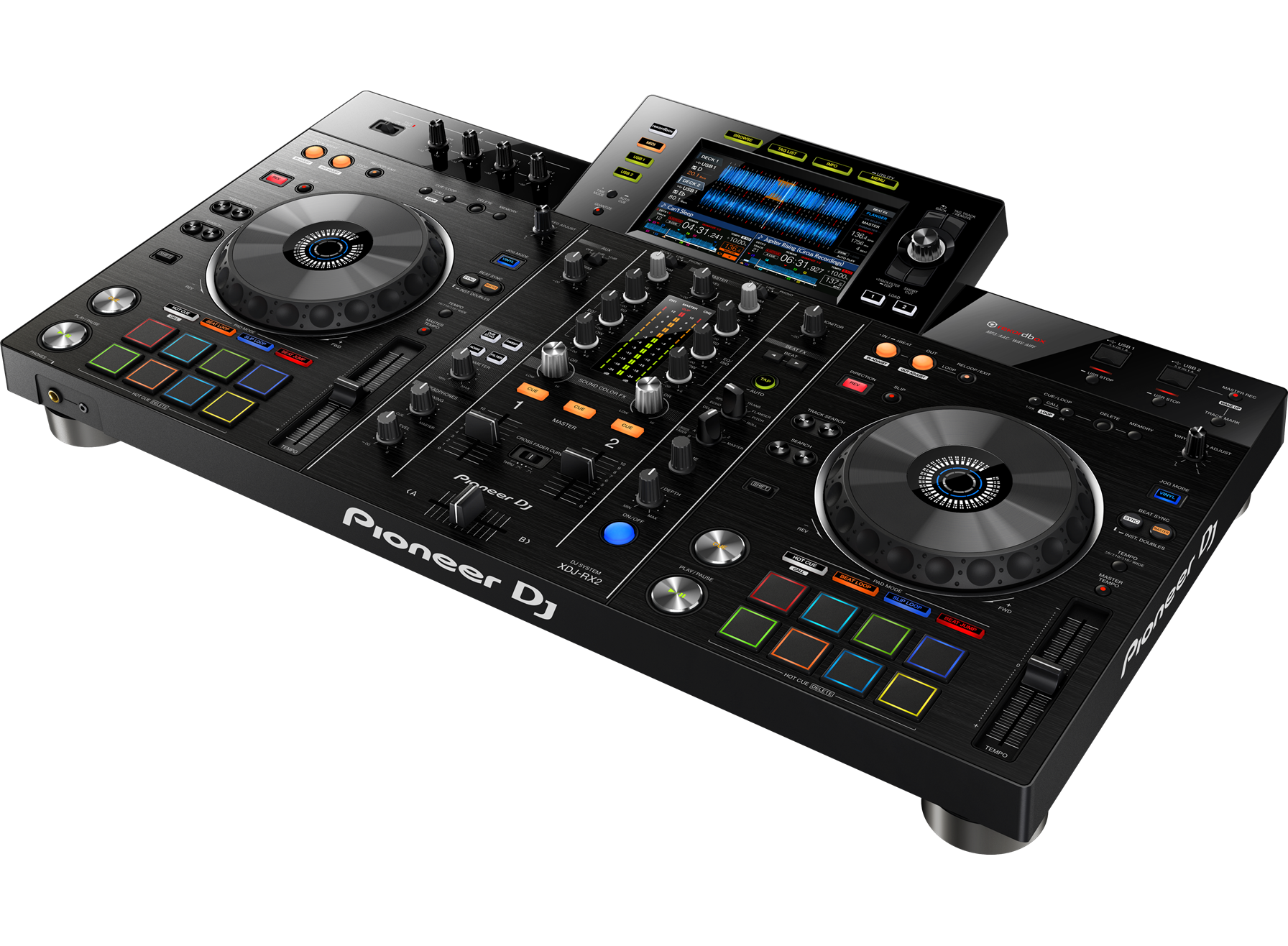
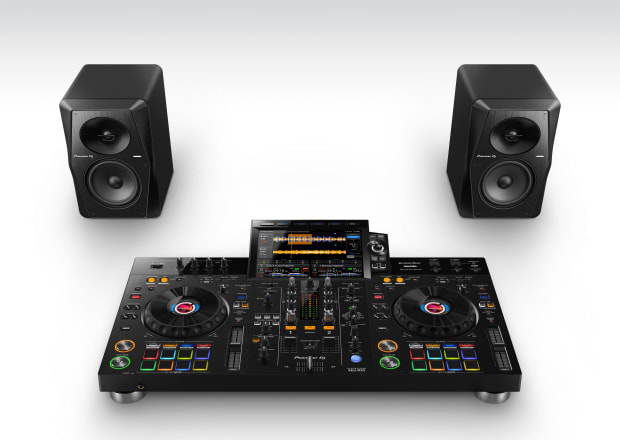
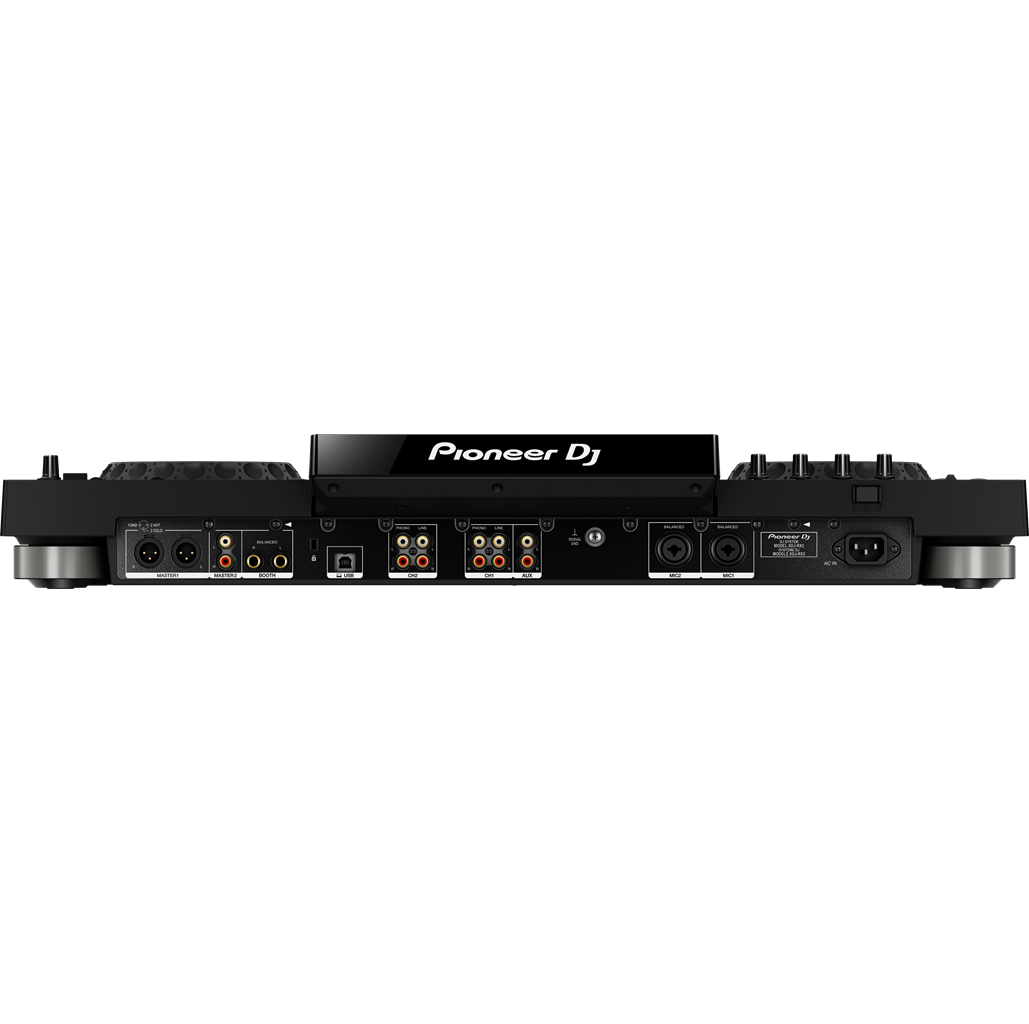
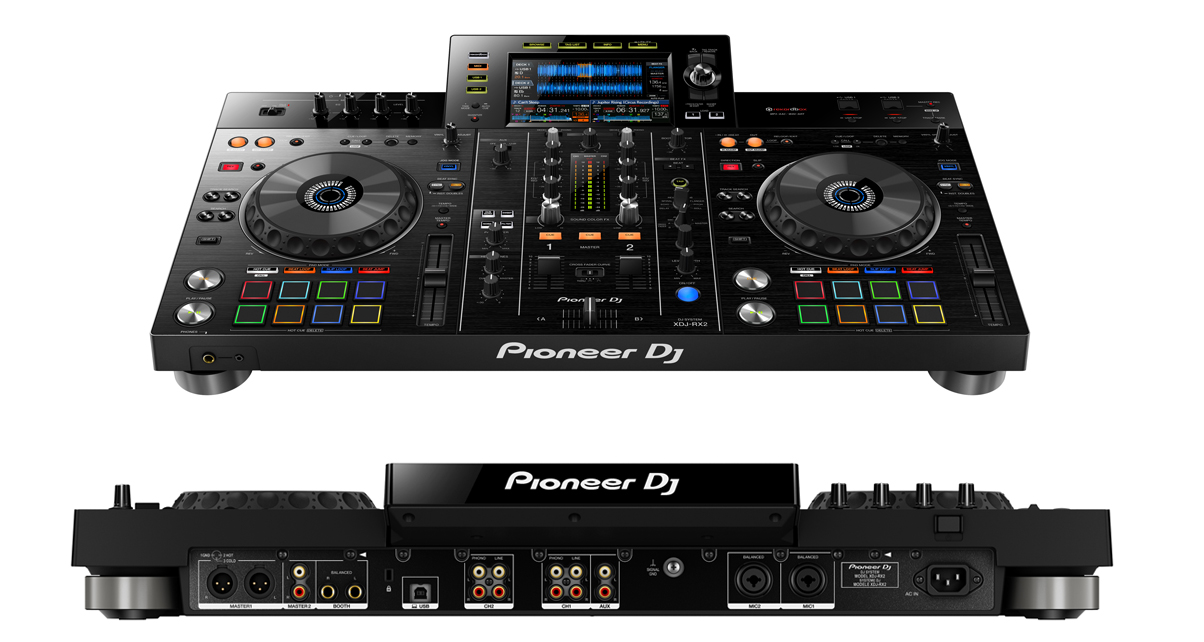
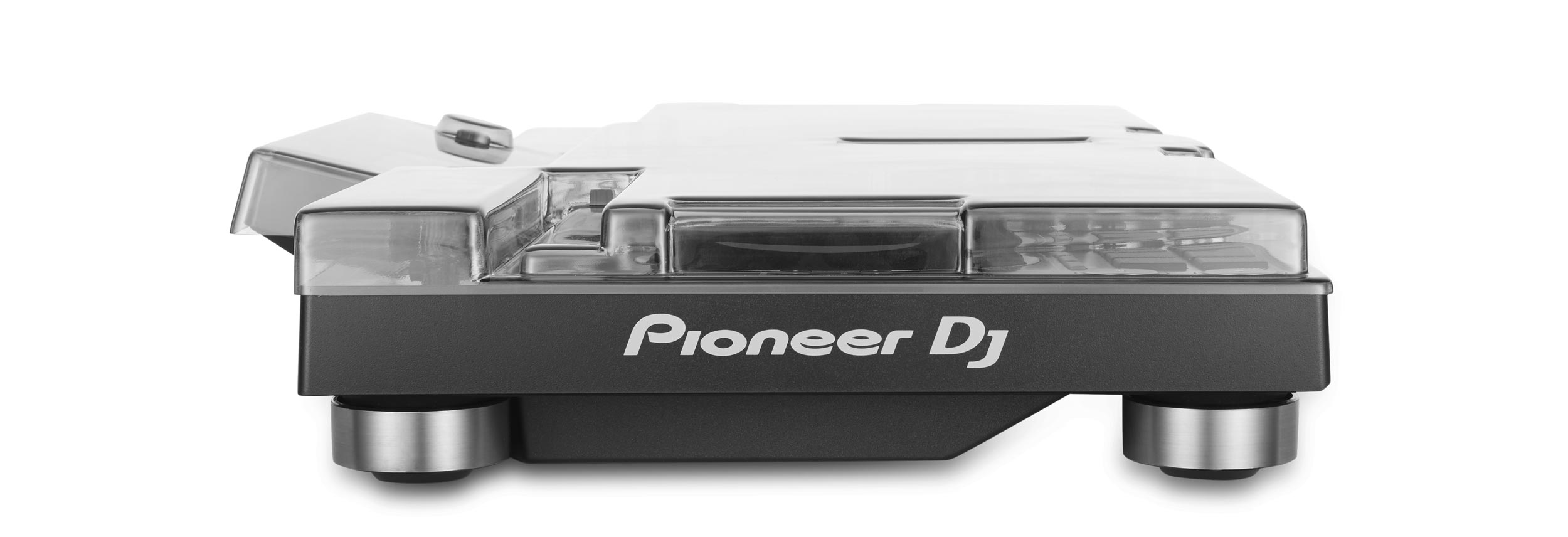
Comments